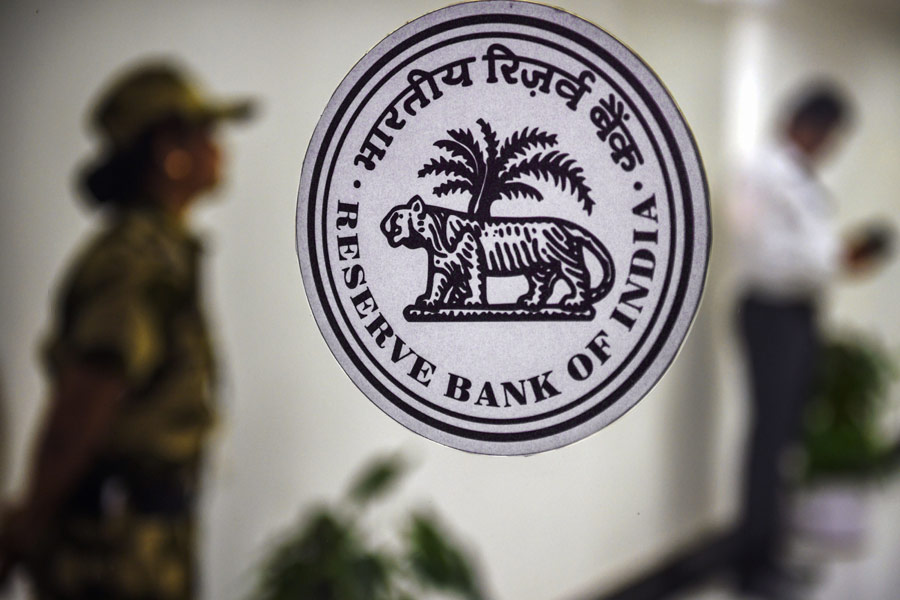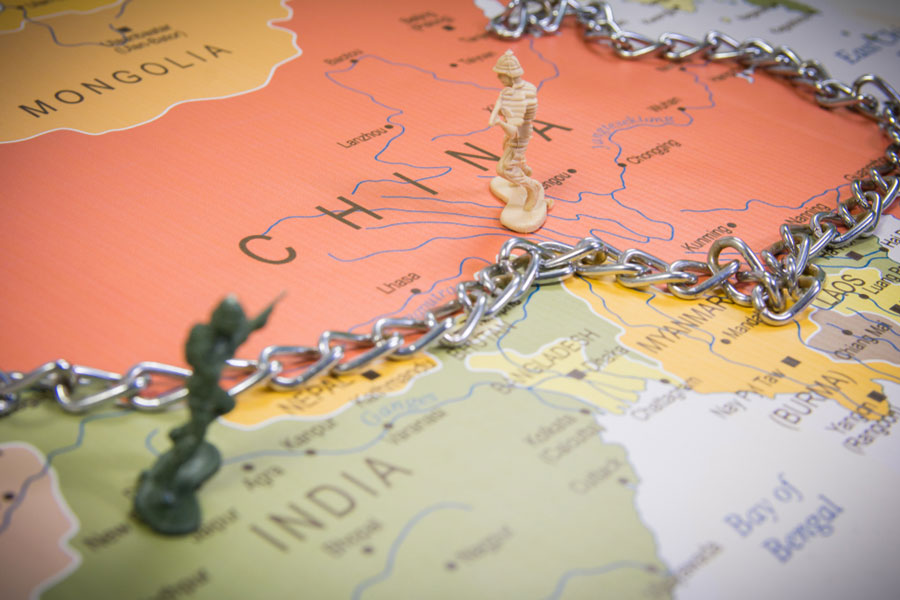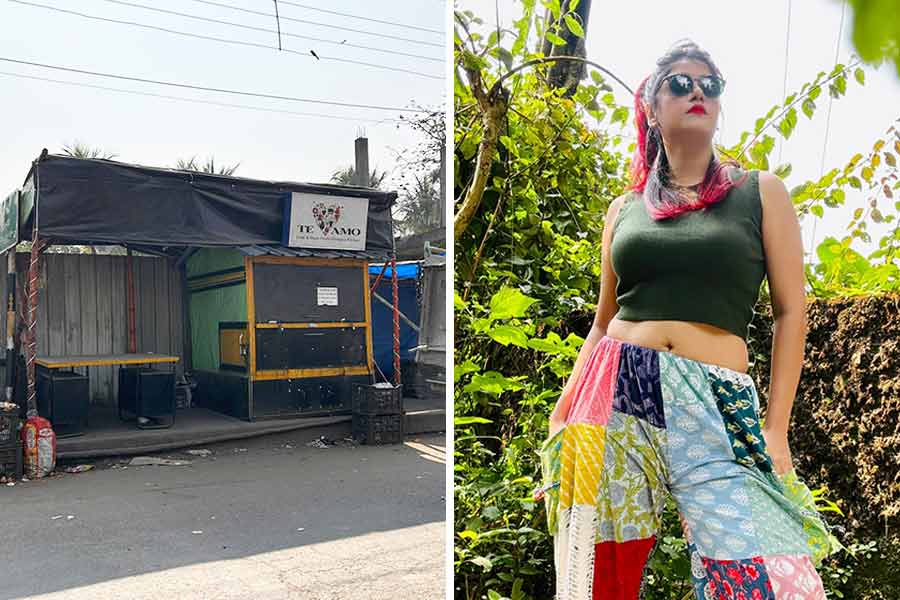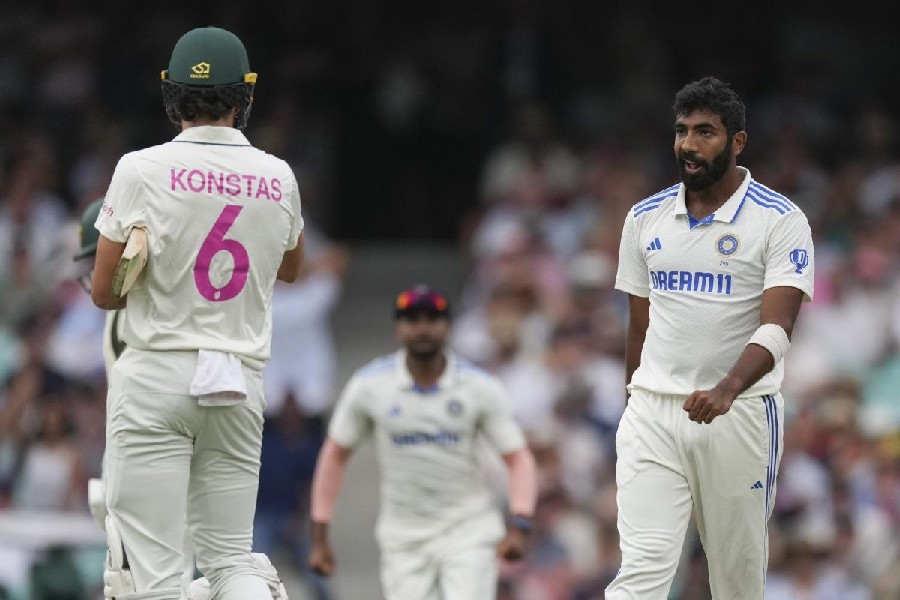The sharp economic slowdown in the second quarter — with the pace of growth tumbling to a seven-quarter low of 5.4% in July-September — has come as a huge embarrassment for the Narendra Modi government. So it is not surprising that it is scouting for a scapegoat that it can pin the blame on. Relations between the finance ministry and the Reserve Bank of India have been frosty for a while, especially after the former RBI governor, Shaktikanta Das, and the other members of the Monetary Policy Committee chose to ignore the broad hints from Raisina Hill to cut interest rates and spur growth. The department of economic affairs clearly had its knives out for the RBI when it said in its economic report for November that “the combination of monetary policy stance and macroprudential measures by the central bank may have contributed to the demand slowdown.”
Finance ministry bureaucrats and the sages on Mint Street have been at odds over the conduct of monetary policy for a very long time. The RBI has consistently maintained that the inflation-targeting objective embedded in its policy mandate enjoins it to focus on price stability without imperilling growth. It is a tricky balance but the RBI has managed to do this pretty well. The central bank had embarked on a cycle of rate cuts a year ahead of the Covid pandemic when growth had started to slow but inflation was well within its 2%-6% tolerance band. It would be reckless to adopt the same strategy now when the upside risks to inflation persist. Critics of the Modi government may find it galling that the Centre has ascribed the slowdown in demand to the RBI’s macroprudential measures. The RBI has been justifiably alarmed by the surge in unsecured lending by banks. It recently threatened to clamp regulatory restrictions on this category of loans if the banks fail to limit their exposures to unsecured credit. It has also tightened provisioning requirements for banks to head off any looming risk of bad loans. The good news is that gross non-performing assets are down to a 12-year low at 2.6%. The government needs to recognise that demand has slowed because of stagnant wages and elevated household borrowings. The savings rate dipped to a five-year low of 5.2% of GDP in fiscal 2024. The only way out is for the government to increase its capital spending, which the finance minister, Nirmala Sitharaman, is reluctant to do as she struggles to hold fiscal deficit to 4.9% this year. A blame game is the last thing India needs now.











